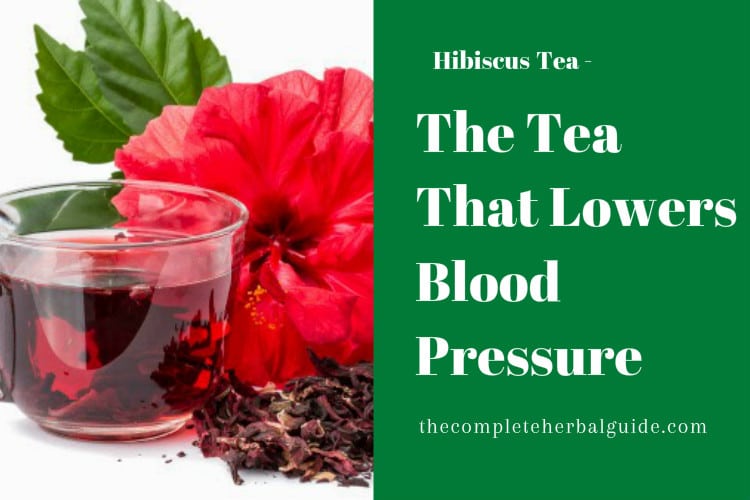
Kiss Your Headaches and Hypertension Away with Mistletoe
If all you want is a kiss, walk under a bough of Mistletoe, but if you are exhausted, irritable or suffering from a headache or hypertension, try Mistletoe for relief. Perhaps more importantly, there are very hopeful and exciting studies currently being conducted on Mistletoe in the area of immune therapy, which show promise in building a defense against disease.
Table of Contents
Plant Description
European Mistletoe (not to be confused with American Mistletoe, an entirely different plant that is seldom used medicinally) is a woody perennial that is native to Europe and Asia and continues to grow throughout Europe, as well as northwest Africa, parts of Asia and elsewhere.
It is an evergreen shrub with branches that may extend ten feet across with feathery leaves, yellow flowers, and sticky white berries. Mistletoe is a parasitic plant and grows on young branches of deciduous host trees, such as ash, apple, Hawthorne, and oak.
As a true parasite, it assumes the varied nutrients acquired from the host plant; at no time does it receive its nourishment from the soil. The plant is propagated by seeds carried by birds and cannot be cultivated from the soil.
Mistletoe has been used in herbal medicine since ancient times and was considered sacred to the Druids who went forth in white robes to collect it (particularly reversing the oak-grown plant) and cutting it with great ceremony, using a golden knife.
History
The mysterious Druids believed that Mistletoe protected its possessor from all evils, especially regarding Mistletoe from the oak trees to be superior and providing them with many wonderful cures, including remedies for sterility, epilepsy and as an antidote for poisons.
There are many legends surrounding Mistletoe, and it became embedded in European rituals, folklore and folk medicine. European Mistletoe was an important herb associated with welcoming the New Year and was cut from the oak trees at a particular phase of the moon (using a golden sickle). “Kissing under the Mistletoe” originated in Scandinavian lore. Balder, the god of peace, was killed by an arrow made of Mistletoe, then resurrected by other deities, and the plant was subsequently entrusted to the goddess of love, who established it as a symbol of love, with the custom that anyone passing beneath it should receive a kiss.
It is a pungent, bittersweet, warming herb, and the stems and leaves are used in herbal medicine. Mistletoe has been used medicinally since ancient times, and Dioscorides and Galen both sang its praises for a variety of ailments, including an external remedy made from a glutinous extract. Hippocrates prescribed the herb internally for disorders of the spleen. Mistletoe was introduced as a cancer therapy in 1917 and was administered by injection.
Today there is very exciting research being conducted in the area of immune therapy, and there are currently patent medicines used in Europe that include European Mistletoe, which is employed in oncology therapies. Patented European drugs, Helixor and Iscador (containing Mistletoe lectins), are routinely used as a supplemental treatment in oncology therapy in Europe, but there are no conclusive studies in the United States to confirm these applications. The German Commission E has approved European Mistletoe as a treatment for degenerative and inflamed joints and as a palliative therapy for malignant tumors.
The constituents in European Mistletoe vary according to the host tree on which it grows, but some common properties include glycoprotein (lectins), alkaloids, peptides, polysaccharides, saponins, viscin (the active resin), potash, phosphoric acid, mucilage, sugar, lignins, tannin, choline and vitamin C.
Medical Uses
European Mistletoe is considered a nervine that is said to relax the whole body or a part of the body by affecting the nervous system. It has been used in herbal medicine for centuries to relieve the symptoms of epilepsy, convulsions, hysteria, delirium, vertigo, exhaustion, St. Vitus dance, and nervous tension and to ease irritability. It is said to be a mild sedative.
Mistletoe is thought to be an excellent immunostimulant. Some animal and human studies suggest that Mistletoe lectins may stimulate the proliferation of healthy cells and natural killer (NK) cells, and possibly enhance the effects of chemotherapeutic drugs. Lectins are also thought to stimulate the movement of immune cells called T-cells that patrol the body seeking to destroy an intrusive infection.
European Mistletoe is considered a cardiotonic that is reputed to regulate and strengthen the heartbeat, as well as regulate a fast heart rate from feeling nervous. The herb is believed to promote normal blood pressure and ease mild hypertension, thus possibly showing benefit in cases of hardening of the arteries. It is also said to relieve the temporary headaches associated with high blood pressure.
Used externally, European Mistletoe has been applied for relief of arthritis, rheumatism, chilblains, leg ulcers, and varicose veins.
Precautions
Great caution is advised when taking European Mistletoe; it is a very powerful herb, and it should be used only under the direction of a qualified healthcare practitioner. Pregnant and nursing women should not use Mistletoe, nor should people with heart problems or those who take MAO inhibitors for depression or Parkinson’s disease. All parts of the plant are highly poisonous if eaten. Do not take Mistletoe if you have tuberculosis (TB), AIDS, hyperthyroidism, an inflammatory disease, or brain or spinal cord tumors. Call your doctor right away, if you have any of the following side effects: low or high blood pressure, fainting, seizures, change in eyesight, hallucinations, diarrhea, nausea or vomiting. There have been reports of allergy, and thus if there is itching, rash, tightness in your throat or chest pain, stop taking Mistletoe.






